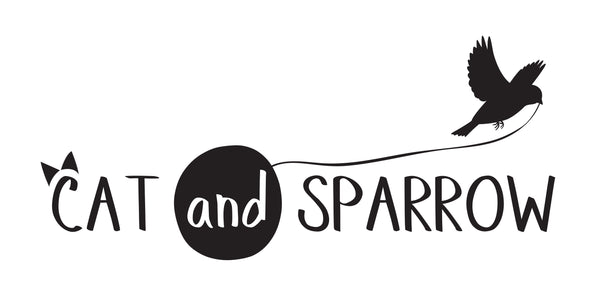Hello and welcome to this episode of Fibre in Focus! This time, I'll be talking about Muga silk, one of my favourite fibres to work with, to touch and to look at. It's just divine.
An Exhalted History
Muga silk, or Assam silk, is one of the rarest silks in the world. It is made only in Assam in eastern India by cultivation of the Assam silk moth (Anthaerea Assamensis). It's one of three types of silk that come from the region, the others being Pat silk and Eri silk, which I will talk about in another post.
There is no record of when Muga silk production began in India. Kautiliya, a philosopher, economist, teacher and royal advisor who lived between the fourth and third centuries BCE, mentioned the production of a golden silk in ancient Assam in his writings. It's thought that the cultivation of different types of silk moths was introduced by Tibeto-Burman migrants centuries before he wrote about it. It's during the Ahom dynasty, which ruled Assam for 600 years from 1228 that Muga silk really took off as a luxury commodity.
During the Ahom rule, Muga silk was reserved for royalty and for high ranking government officers and aristocrats. The silk is the most gorgeous soft golden colour, and it seems to be more durable than other silks. Its natural lustre also increases with wash and wear, making it perfect for heirloom fabrics. The Ahom rulers used the appeal and desirability of Muga silk to help trade with other regions, and also overseas. Visiting dignitaries were often gifted clothing made from Muga silk. Royal looms were operated by female weavers within the palace, and the fabric woven on them was destined only for the royal family. Many of these weavers were personally trained in the art by some of the Ahom queens.
Its fame spread. Demand for the fabric even from within the upper echelons of society was hard to meet and so production was outsourced into the region. Almost every woman and many men in the region were proficient in spinning and hand weaving. A girl was considered unfit for marriage if she could not operate a loom.
And then came the British...
Unfortunately for the industry, it did not thrive as it could have done during the British Colonial rule. Although the British did see some value in silk exports, they were more focused on trying to open up the markets for new cottons and wool fabrics produced in burgeoning mills of the industrial revolution. The increase in tea plantations to satisfy tea export demands also put a strain on the labour market, reducing the number of people available to work in silk production. Don't you just love learning even more about reprehensible stuff your country used to do?
The British occupation notwithstanding, production of silk was, and remains extremely important to the economy of Assam. In 2007, Muga silk received geographical indication (GI) protection, which means that genuine Muga silk can only be produced in Assam. Thanks to the increased demand for natural fibres, this is great news for Muga silk farmers who have accumulated centuries of experience in Assam silk moth sericulture.
What's it like to work with?
Gorgeous! It's similar to Tussah silk, which is unsurprising as it comes from the same moth family. It has a staple length of around six inches, and it's unbelievably lustrous and soft. It's not super long and shiny like mulberry silk, which can be tricky to spin, but has a slightly 'catchy' texture. I find this helps with spinning, because it doesn't slip about or slub easily. It's easy to make a very even thread with Muga, and it works well spun fine or chunky.
My preference is to spin it super fine because it's such a pleasure to do. Sometimes lace spinning can be frustrating, but I could spin Muga silk into lace all day long and not get tired of it. It would work beautifully as an embroidery thread or as a fine lace in a lacy, drapey shawl. I like using it in my weaving as it adds little shots of gold into the fabric.
Whichever way you spin it, you do need to make sure it has a fairly high twist. It doesn't hold together as well as wool would with a low twist, so I'd use a fast spindle or a high ratio on your wheel. That said, there are no hard and fast rules. Experimentation is a joy.
I must have some. Where can I buy it?
Aha! Well, I import Muga silk sliver directly from India from a supplier I trust. I also like to use it in some of my batts, particularly Renaissance, because the gold goes so beautifully with this kind of dusty blue.

